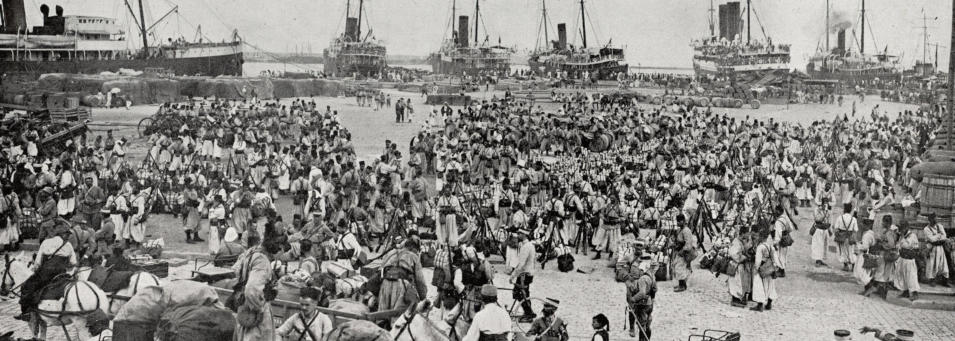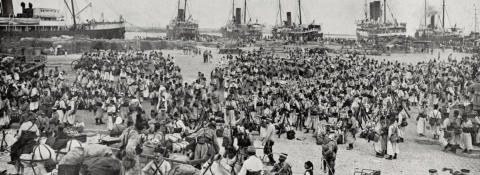



.
IranianCommunity of Hull


Together Eveyone Accomplishes More
The Stories Behind the Pictures: Colonial Troops in the First World War
At
a
conservative
estimate
between
4
to
5
million
men
from
former
colonies
and
from
different
racial
and
ethnic
groups
were
mobilised by the European and American armies during the First World War in combatant and non-combatant roles.
During
our
nation's
centenary
commemorations
of
WWI
there
has
been
a
focus
on
the
British
narrative,
however
the
British
Army
was
comprised
of
multiple
nationalities
during
1914-1918
who
are
also
deserving
of
recognition.
Our
project
was
designed
to
fill
this
void
in
the
commemorations.
ICOH
aimed
to
inform
the
public
about
the
vital
role
colonial
troops
and
labourers
played
during
the
First
World
War
while
also
engaging
minority
groups
who
had
not
yet
been
given
an
opportunity
to
commemorate
their own heritages’ role in WWI.
Terms and Conditions | Privacy Policy
Iranian Community Registered in England as a not-for-profit company limited by guarantee.
29 Beverley Road, Hull, HU3 1XH | Registered Company Number: 9657885
Copyright © 2021



Terms and Conditions | Privacy Policy
Iranian Community Registered in England as a not-for-profit company limited by guarantee.
29 Beverley Road, Hull, HU3 1XH. | Registered Company Number: 9657885
Copyright © 2021
IranianCommunity of Hull

The Stories Behind the Pictures: Colonial
Troops in the First World War
At
a
conservative
estimate
between
4
to
5
million
men
from
former
colonies
and
from
different
racial
and
ethnic
groups
were
mobilised
by
the
European
and
American
armies
during
the
First
World
War
in
combatant and non-combatant roles.
During
our
nation's
centenary
commemorations
of
WWI
there
has
been
a
focus
on
the
British
narrative,
however
the
British
Army
was
comprised
of
multiple
nationalities
during
1914-1918
who
are
also
deserving
of
recognition.
Our
project
was
designed
to
fill
this
void
in
the
commemorations.
ICOH
aimed
to
inform
the
public
about
the
vital
role
colonial
troops
and
labourers
played
during
the
First
World
War
while
also
engaging
minority
groups
who
had
not
yet
been
given
an
opportunity
to
commemorate
their
own
heritages’
role in WWI.

Together Eveyone Accomplishes More





















